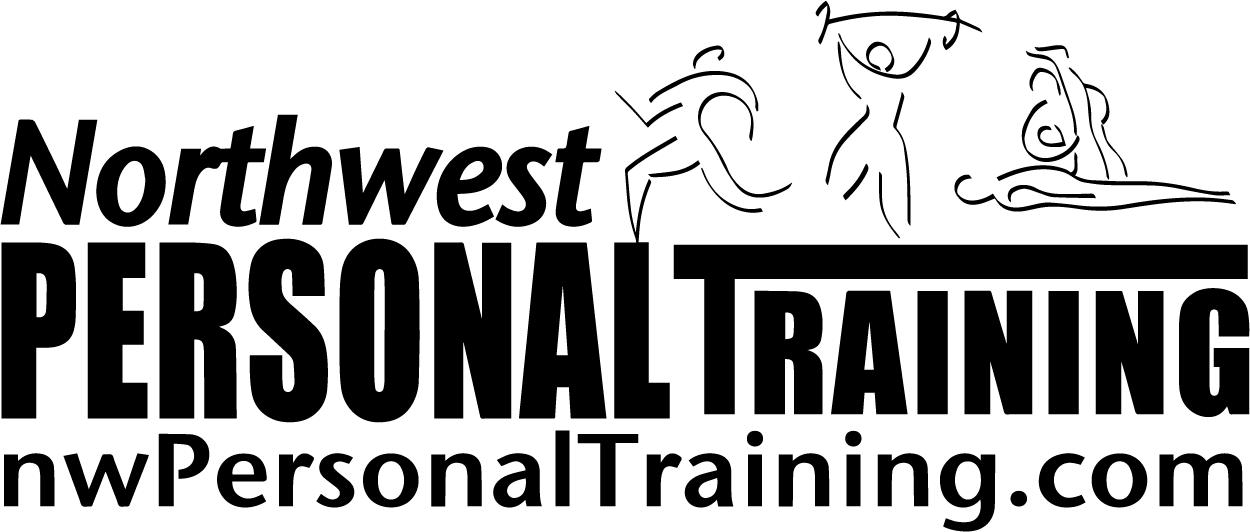Sticking with your routine long-term hinges on one crucial factor: avoiding injury. Injuries can derail your progress, sap your motivation, and sideline you for weeks or even months. By taking proactive steps to protect your joints, tendons, bones, and muscles, you can ensure that your workout routine remains a consistent and enjoyable part of your life.
Here are some essential tips for staying injury-free and sustaining your workout routine:
Protecting Joints and Tendons
Warm Up Properly
Begin each workout with a thorough warm-up to increase blood flow to your muscles and lubricate your joints. Dynamic, low-impact, low-intensity movements, such as leg swings and arm circles, can help prepare your body for exercise.
Focus on Form
Proper form is crucial for preventing joint and tendon injuries. Whether you’re lifting weights or performing bodyweight exercises, prioritize technique over the amount of weight or number of repetitions. Consider working with a trainer to ensure your form is correct.
Modify Movements so They are Joint-Friendly
 To protect your joints, stay within a pain-free range of motion. As you develop more strength and stability, you can increase your range of motion. Avoiding pain should always be your guide. For example, when squatting or lunging, choose minimal depth of movement and gradually progress. If you experience pain in specific joints, choose low-impact exercises like walking, swimming, cycling, and elliptical training to reduce stress on your joints.
To protect your joints, stay within a pain-free range of motion. As you develop more strength and stability, you can increase your range of motion. Avoiding pain should always be your guide. For example, when squatting or lunging, choose minimal depth of movement and gradually progress. If you experience pain in specific joints, choose low-impact exercises like walking, swimming, cycling, and elliptical training to reduce stress on your joints.
Preventing Strains and Inflammation
Gradual Progression
Avoid sudden increases in workout intensity or volume. Gradually progressing in your workouts allows your muscles, tendons, and ligaments to adapt and grow stronger without becoming overstrained. Refer to my column last week on Base Conditioning.
Rest and Recover
Schedule an active recovery day each week to give your body time to repair and recover. Overtraining can lead to inflammation and chronic injuries. Listen to your body and take breaks when needed.
Incorporate Mobility and Stretching
Mobility workouts and post-workout stretching helps maintain flexibility of your fascia throughout your body helping to maintain functional and pain-free joint movements.
Balancing Workout Types
Cross-Training
Vary your workout routine to prevent overuse injuries. Cross-training with different types of exercise, such as strength training, cardio, and flexibility workouts, ensures that no single muscle group is overworked. Dr. Stuart McGill, world-renowned back health expert, suggests a weekly workout routine of 2 strength workouts, 2 cardio workouts and 2 mobility workouts for long-term back health.
Balance Exercise Sequences
Organize your workouts to balance exercises for different muscle groups. Avoid performing intense leg exercises back-to-back with high-impact activities. Instead, alternate between upper and lower body workouts. Instead of doing multiple exercises in a row that load the shoulders such as pushups, planks, dips etc sequence your exercises so that you don’t load the same joint heavily back-to-back. If you do a high impact workout one day, do a low-impact workout the next day.
Monitor Exercise Intensity
Use a combination of high, moderate, and low-intensity workouts throughout the week. High-intensity interval training (HIIT) should be balanced with moderate cardio and low-intensity recovery sessions to prevent burnout and injuries.
Nutrition
Stay Hydrated and Nourished
Proper hydration and nutrition support muscle recovery and overall health. Dehydration and poor nutrition can increase the risk of cramps, strains, and inflammation. A diet that is rich in nutrients including a variety of fruits and vegetables, good quality protein, and healthy fats is critical for overall health and strength of your muscles, connective tissue, bones and joints.
Staying injury-free is the key to sustaining a successful workout routine. Pay attention to signs of fatigue, discomfort, and pain. Ignoring these signals can result in serious injuries. Remember you know your body better than anyone. By protecting your joints and tendons, preventing strains and inflammation, and balancing your workout types and intensity, you can keep moving toward your fitness goals without setbacks. Remember, the best workout routine is one that you can maintain consistently and safely. Prioritize your health and listen to your body, and you’ll reap the benefits of a long-term, injury-free fitness journey.
Yours in health & fitness,
Sherri McMillan

